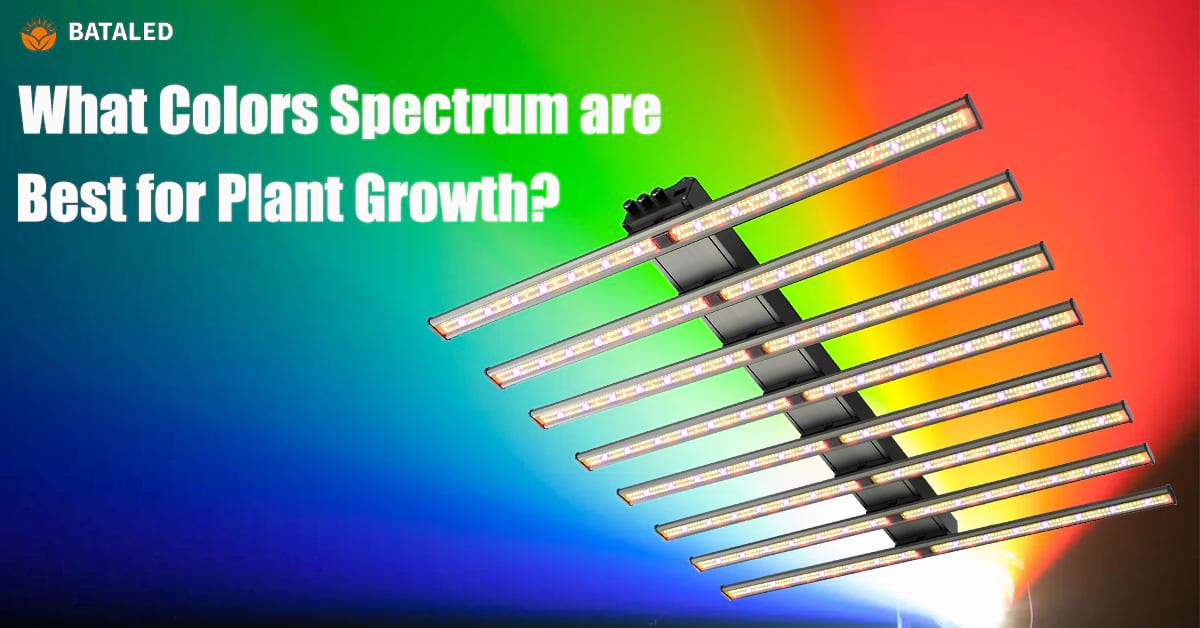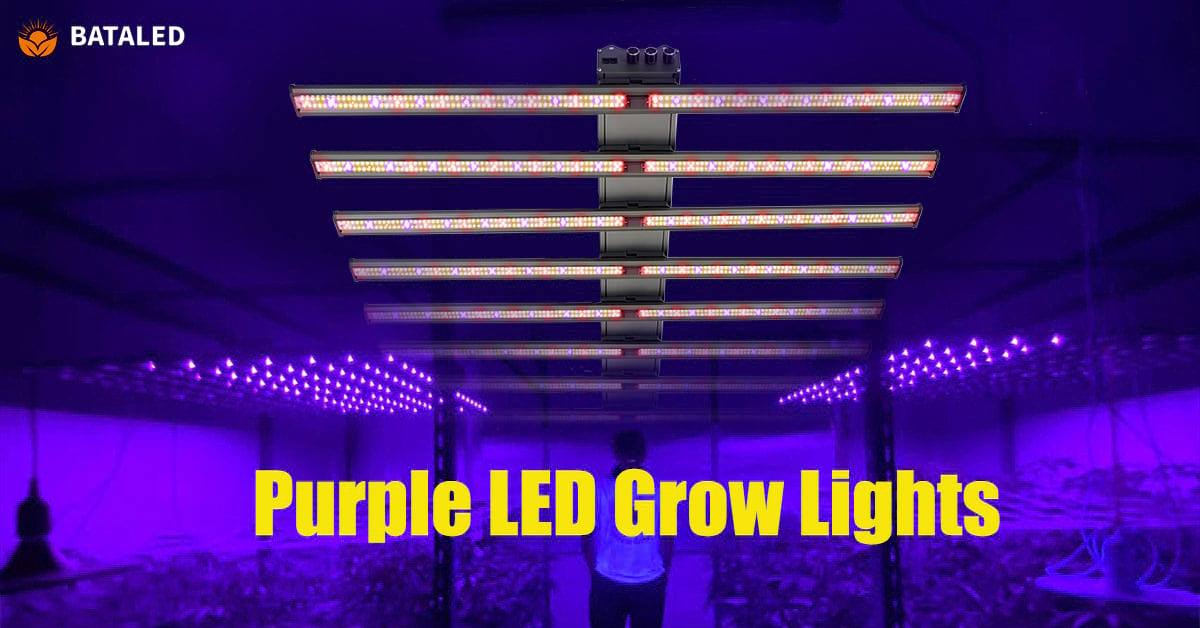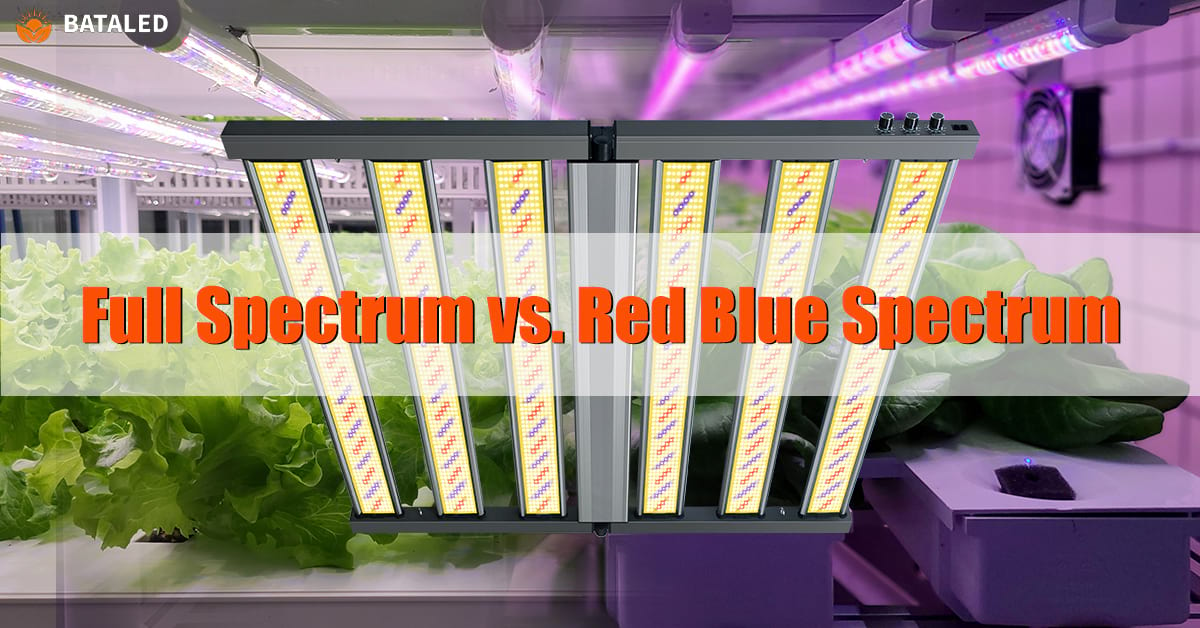Support Center
Professional | Innovative | Timely | Conscientious
Welcome to the BATA LED Support Center! Here, we are dedicated to assisting you with any inquiries and providing unmatched support for our top-notch LED grow lights. At BATA LED, excellence is our ethos. Our expert team is at the forefront, offering stellar product development and design services. Whether you need guidance selecting the perfect LED grow light, have questions about installation, or require assistance with your existing setup, the BATA LED Support Center is here to ensure your experience is seamless and satisfactory. Trust BATA LED for unparalleled support every step of the way.
Recommended Post
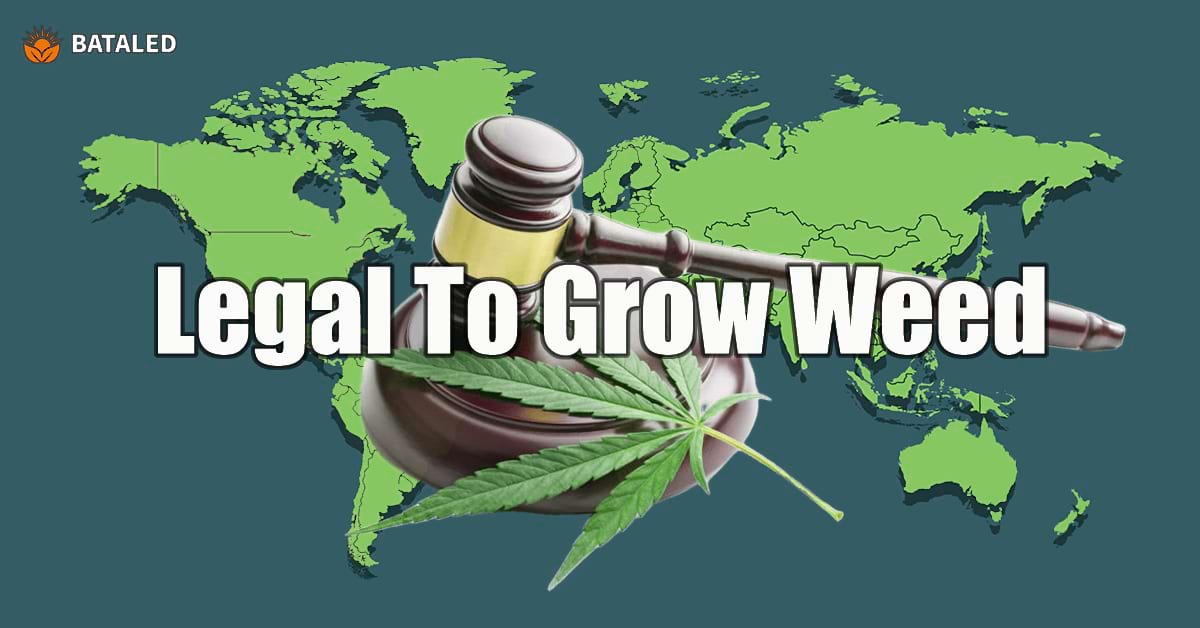
Where It’s Legal to Grow Cannabis: Ultimate Tips & Cultivation Laws
Featured Products
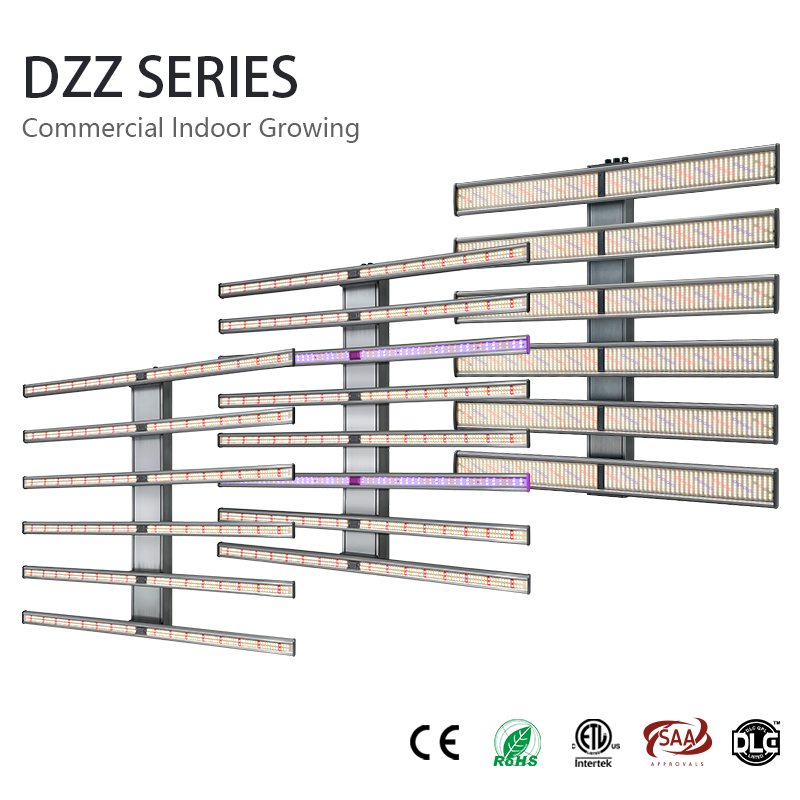
DZZ Series Grow Light
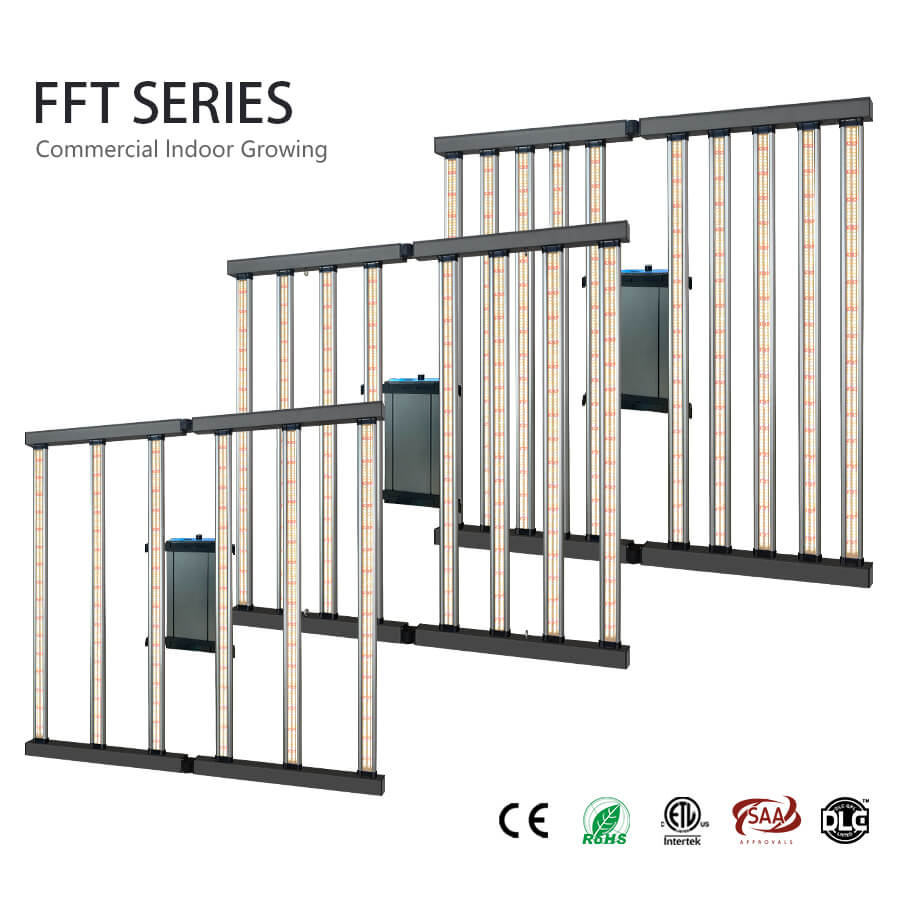
FFT Series Grow Light
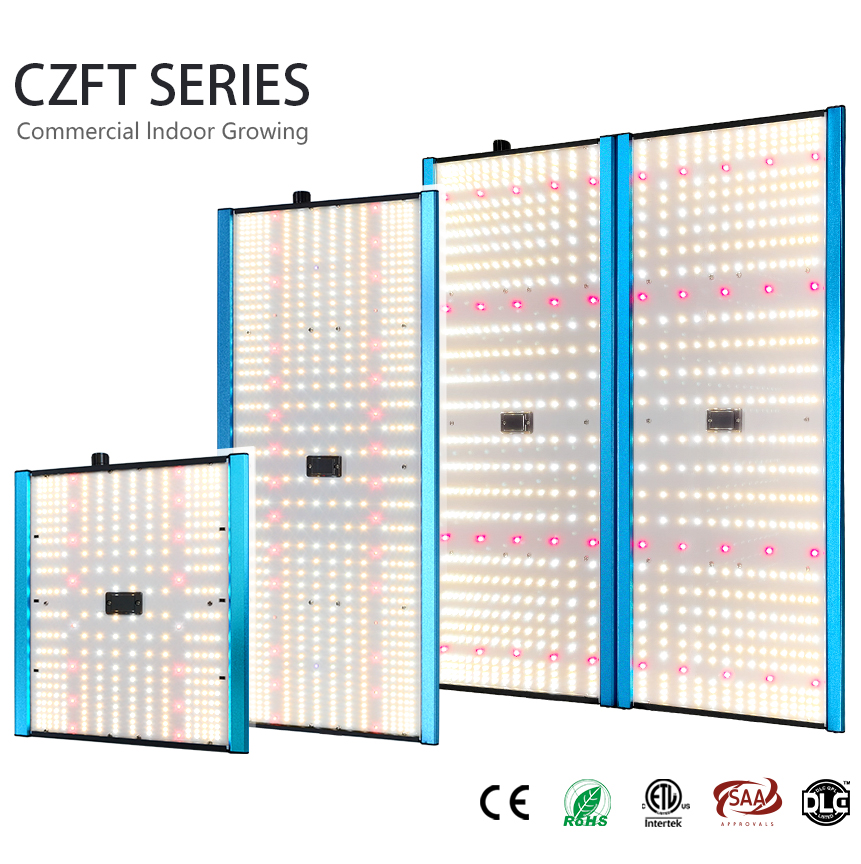
YPB Series Grow Light
Follow Us
Frequently Asked Questions Section
Table of Contents
Product & Hardware / Usage & Application
What kind of accessories can I get with my lamps?
Answer: Our lamps are available with a variety of hooks and hangers, some of which come by default with your order and some which you may order separately. Please see our product brochure on the Brochures & Guides page to see all the products and accompanying accessories.
What Plugs types are available other than US, Europe and UK types?
Answer: The following plug types will be provided by default:
EU: European plug Type E
UK & Ireland: UK Plug Type G
US & CAN: US Plug Type B Nema 15-P
Australia and New Zealand: AU Plug
Switzerland: CH Plug
Rest of the world: US Plug Type B Nema 15-P
We can provide special plug types by request. Please contact us through the contact page and we will let you know if your plug type is possible.
Are the BATA lights upgradeable?
Answer: Yes, they are. If LEDs improve in efficiency enough in the future to justify an upgrade you can replace the LED with a future generation model.
Can your light work at 347v?
Answer: Yes, we have the light that can work in this voltage range. Our grow lights are typically set to a standard voltage of 100-277V, but we can also offer 347V, 400V, and 480V options based on customer needs.
Do grow lights use a lot of electricity?
Answer: The amount of electricity used depends on the type of grow lights you have. If you’re using fluorescent or HID lights, the energy consumption will be higher. However, if you’re using LED grow lights for plants, the energy consumption is much less.
How many amps your light draw?
Answer: It depends on different voltage, such as the top light 630w, the voltage is 120v, it is 5.25A, the voltage is 240v, it is 2.625A.
Do the BATA lights generate heat?
Answer: Yes, they do. The LED’s are the most efficient in the market but they still produce heat. They do not produce radiant heat from the bulb like High Intensity Discharge (HPS, MH etc) light bulbs but they emit heat through the heat sink. About 40% of the total power consumed by high efficiency LED’s goes to heat which is much less than HID which would emit about 70% of it’s consumed power as heat.
How much heat will the lights produce?
Answer: Usually total BTU it is equal to the power multiply 3.41.
What temperature should the Driver and heatsink for the light?
Answer: The light heatsink and driver both operate at about 20 deg. C or 70 F above ambient temperature. So at 25 degrees C or 77 F room temp the driver and heatsink will be about 45 deg. C or 115 F. This is perfectly normal and is totally safe. To minimise the temperature locate the driver down low at the air intake and have the outtake moving air across the heatsink.
If the driver case temperature gets to 90 DegC or 195 F the output current will be reduced. If the temperature does not reduce then it powers off until temperatures have reduced.
Can I dim the lights?
Answer: All our products have a dimming function, which can be dimmed.
How do I control BATA LED grow lights?
Answer: Each Light is powered by an LED driver (a transformer that converts AC power from the socket to DC power for the LED). The LED driver can be plugged straight into a timer switch to control the on/off light cycle.
Our LED drives are also compatible with all external controllers. Also supports dimming with dimmer.
Can I use the BATA lights for all stages of plant growth, vegging and flowering?
Answer: Yes you can! The BATA LED grow light delivers a full-spectrum output with light levels that closely mimic natural sunlight. Our lights have three channels, each designed to support different stages of plant growth, making them ideal for healthy plant development from seedlings to harvest.
How many lights do I need?
Answer: The quantity of the lights is calculated based on several factors such as growth environment, crop selection, required spectrum, target intensity for the specific crop, and design of the growth chamber/greenhouse which determines the spacing between the lights. It is also important to note that the selection of a high efficiency light would decrease the number of lights needed for installation.
Get a free light plan and find out how many lights are needed for your project here: Light Planning
How many lamps do I need per square meter?
Answer: The number of luminaires needed is part of a sophisticated calculation called ‘light planning’ which our resellers do for our potential clients free-of-charge. Some of the information we need for this calculation is:
- type of plant being bred
- surface size
- desired output etc.
We then produce a light plan with an exact number of luminaires as well as their placement (distance from plants, density, positioning etc). This calculation is done with our proprietary light planning technology and is based on hundreds of large scale research trials.
Orders / Delivery / Warranty
Can I change the light spectrum in the luminaire after I buy it?
Answer: You can make changes to the order within 8 hours of purchase. After 8 hours, changes are not possible as we have already scheduled the production of the order.
What is the payment term?
Answer: Usually it is 30% TT in advance ,70% TT before shipment.
Where is the BATA product manufactured?
Answer: We assemble and test all our lights in our factory in China. Our LEDs are sourced from major LED manufacturers: Samsung and Osram. At the same time, we support customized products according to your needs.
We keep a stock of all the components for warranty purposes.
How is the BATA product packaged?
Answer: The lights are packed in plain cardboard boxes. The boxes are double wall and the lights are packaged securely in bubble wrap and foam packaging to prevent damage during transit.
Do BATA deliver globally? How can I see the shipping cost?
Answer: Our company has long-term partnerships with multiple logistics providers and offers global shipping. We can provide you with the volume and weight of our goods and our company’s address so you can check the shipping cost with your freight forwarder. Likewise, you can also share your address with us, and we will check the shipping cost for you.
Are taxes and duties payable?
Answer: We are a manufacturer of LED grow lights. And our cargo is shipped directly from China. We do not collect any taxes or duties on your behalf, and you must pay any required import taxes and duties to your country or region.
We will include an invoice that reflects the total cost of the BATA lights you purchased for each shipment, excluding shipping fees.
HS Code for LED Grow Lights (for customs use): 8539.50.00
Estimated Import Duties and Taxes:
Canada: Import duty up to 3%
Australia: Duties, taxes, and fees: 8% (Tariff classification: 9405.10.00, TCO 1673253)
Switzerland: Subject to Swiss VAT (currently 8%), no additional import duties
For other countries, please check with your local customs office for specific duty rates.
How long is the delivery time for lamps?
Answer: For standard products (1-100 pieces), we usually ship within 48 hours. For customized products, our engineers will need to recalculate the shipping time based on the customization details.
Is the delivery insured?
Answer: Yes, each delivery is insured and BATA will be responsible for any damage incurred in transit. We will replace any parts damaged in transit immediately and request the damaged part is returned, at no cost to the customer.
Why is the delivery time so long?
Answer: Our products are made from order. We only keep a small spare / sales stock of selected items.
How long is the warranty?
Answer: We offer an up to 5-year limited warranty on all our products. Contact us via email info@batagrowlight.com for details.
LED Light / Spectra / Technical Issues
What is the lumen deterioration?
Answer: The LED can work 50000 hours, our lights lumen deterioration is around 15% in 3 years.
Does the spectrum depend on the type of plant I grow?
Answer: Yes, once you let us know what you plan to grow, our engineers and lighting experts will provide the best recommendations based on your specific needs.
Which light spectrum comes with which lamp?
Answer: Our luminaires are designed to fit into the growth purposes of spectra, thus each light series comes with a different set of available spectra. Information about available spectra can be found on every product’s page.
The choice of luminaire depends on the physical space you are growing plants in (greenhouse, growth chamber etc) and the choice of spectrum depends on what you are growing and in which stages.
Once you tell us where and what you are growing we will advise on the optimal luminaire and spectrum. Our expertise is based on extensive in-house and outsourced research and our spectra are suitable for most plants bred globally.
Do your lights emit UV?
Answer: Our light provides a peak wavelength of 395 nm. Our light features Three Channels of Spectral-controlled wavelengths ranging from 395nm (UVA) to 730nm (Far-Red), DYNA is without question the world’s most flexible LED grow light.
What is the UV light spectrum for cannabis?
Answer: The UV light spectrum for cannabis includes UV-A (315-400 nm) and UV-B (280-315 nm) wavelengths. These wavelengths stimulate the production of cannabinoids and terpenes, enhancing aroma, flavor, and therapeutic properties. Incorporating UV light into indoor growth facilities can improve plant health, resin production, and potency in cannabis crops. However, UV light should be used in moderation and with caution, as excessive exposure can cause harm or stress to the plants.
What is PAR?
Answer: PAR (Photosynthetically Active Radiation) is the range of light on the spectrum between 400 and 700 nm that plants use for photosynthesis.
What is PPF and PF?
Answer: Photosynthetic Photon Flux (PPF) is how much PAR light a fixture emits. Photon flux (PF) is the total amount of photons, all light, that come out from the fixture.
What is fixture efficacy?
Answer: How effective a fixture converts electricity into photons. The unit is µmol/J, micromoles per joule. This only includes PAR light and not UV and Far-red light.
What is far-red light and how can it benefit my plants?
Answer: Far-red radiation refers to photons with wavelengths from 700 to 800 nanometers (nm). It has an effect on plant growth influencing the size of leaves, the length of stems, and ultimately the height of plants. For some plants, far-red light also promotes flowering.
What is PPFD and PFD?
Answer: PPFD (Photosynthetic Photon Flux Density) measures light intensity. It measures the amount of light within PAR that falls on a given surface (for example, the plant canopy area) each second. The unit used to express PPFD is micromoles of photons per square meter per second (μmol/m2/s).
PFD is the Photon Flux Density and accounts for all the light that hits the surface, including UV and Far-red.
What is light quality?
Answer: The light quality is the distribution of the light spectrum, including UV, blue, green, red, and far-red photons. The proportion and ratio between each wavelength are responsible for specific physiological and morphological effects on plants.
What is DLI?
Answer: DLI stands for Daily Light Integral. DLI is the amount of PAR (Photosynthetically Active Radiation) that is received by your plants over the course of a 24-hour day. It is a measurement of light intensity x photoperiod and is expressed in moles of photons (mols) per square meter (m2) per day (d).
Common Problem
Why do I need a light plan?
Answer: A light plan is important because it provides an accurate account of how many lights you will need for your specific geographic location and greenhouse footprint. But a good greenhouse light plan does so much more.
It helps you:
Define your supplementary greenhouse lighting needs based on natural light simulations and daily light integral (DLI) analyses.
Ensure the best setup of your lights and light zones.
Save energy by optimizing your energy usage.
Read more and get a customized light plan: Light Planning
What is light uniformity? Why is light uniformity important?
Answer: Light uniformity is important to ensure that light quality and intensity in evenly distributed to avoid variation in plant growth.
Why are your lamps more expensive than HPS lamps?
Answer: They are not. LED technology consumes significantly less electricity and lasts much longer, thus in the long run LED grow lights are not more expensive. On top of that, LED grow lights result in better crop, further adding to your savings.
Are LED lights more harmful than HPS or the sun?
Answer: Sunlight on a bright summer day is around 2000 mmol whereas artificial greenhouse roof-lighting in production ranges from 50 to 200 µmol, so about 10 times less. Additionally, sunlight has a proportionally larger portion of UV (both UVA and UVB) while Valoya spectra only have a small amount of UVA, negligible in terms of its effect on humans, but beneficial for plant growth and development. Our Solray385 daylight spectrum has a high CRI value (around 90) compared to HPS (around 35) making working under the lights and visual observation much more pleasant than the traditional HPS lighting. Our AP67 spectrum used in crop science has a CRI value that almost doubles the CRI value on HPS, thus allowing for a much more pleasant working environment.
Can any LED light be used as a grow light?
Answer: No, not all LEDs are suitable for plant growth. Conventional LEDs may not provide the necessary light spectrum essential for healthy plant development. Hence, specialized LED grow lights for plants are designed with precise spectrum and intensity for optimal growth.
What type of light is best for plant growth?
Answer: Plants thrive best under full-spectrum LED lights, mimicking natural sunlight. LED plant grow lights often recreate this spectrum, creating optimal conditions for healthy plant growth.
Can a grow light be too strong for seedlings?
Answer: Yes, grow lights can be too strong for seedlings. If exposed to strong grow lights, the leaves may droop and experience change in color, developing brown spots or becoming yellowish in color. That’s why you should choose the best seedling grow lights, especially LED grow lights, for your seedlings to help them grow healthy and strong.
Do LED lights help flowers grow?
Answer: The type of light is very critical for plant flowering. The red light as part of the light spectrum in flowering LED grow lights helps in increasing the overall biomass of the plant and, subsequently, in a higher yield.
What level of light is ideal for growing vegetables?
Answer: Ideally, a combination of blue and red light is optimal for vegetable growth. However, more and more cultivators are opting for full-spectrum LED grow lights for vegetables, as these lights are equipped with tailored spectra that cater to various stages of vegetable growth.
What are the best full-spectrum LED grow lights for indoor plants?
Answer: It depends on what plants you’re growing, as different plants require different spectrums of light. You can consult with our engineers for more specific guidance.
What are the benefits of greenhouse light for plants?
Answer: If you are looking for the right greenhouse light for plants, LED lights are your best option. Using LEDs for your greenhouse is the right choice as it offers multiple benefits like precise spectrum control, utilizing less energy and reduced heat levels than other traditional light sources, allowing for greater temperature control in your greenhouse.
What is the best light to use in a greenhouse?
Answer: Choosing the best greenhouse grow lights depends on several factors, but LED lights are considered the most well-rounded option. They have a longer lifespan, generate minimal heat, can be equipped with a tailored spectrum and use significantly less electricity than HPS lights and fluorescent lights.
Is vertical farming eco-friendly?
Answer: Yes, vertical farming can be eco-friendly. It utilizes less land, reduces water usage, and can operate with sustainable energy sources like solar power or lowlights for vertical farming.
What is the current best grow light for cannabis?
Answer: The current best grow light for cannabis cultivation is an LED grow light. Nowadays, LED grow lights for cannabis are preferred over HID, HPS, and fluorescent lights due to their energy efficiency, longer lifespan, and ability to provide a full spectrum of light tailored to the specific needs of cannabis plants. LEDs also generate less heat, reducing the risk of heat stress and allowing for closer placement to the plants, which can improve growth and yield.
What LED lights are best for growing cannabis?
Answer: The best LED lighting for cannabis is the one that offers a full spectrum of light, including both blue and red wavelengths, to support all stages of plant growth. Look for LEDs with adjustable spectrums to tailor the light according to the plant’s needs during different growth phases. High-quality LED grow lights should also provide high photosynthetically active radiation (PAR) values and have efficient heat management systems to ensure optimal plant health and yield.
Is UV light good for cannabis plants?
Answer: Yes, UV light for cannabis plants is beneficial when provided in controlled doses. UV light stimulates the production of compounds like THC (tetrahydrocannabinol) and CBD (cannabidiol) in cannabis plants, potentially leading to increased potency and medicinal properties. However, exposure to excessive UV radiation can harm plants, causing stress and reducing overall growth and yield.
Is full-spectrum light better for cannabis?
Answer: Yes, full-spectrum light is generally considered better for cannabis cultivation than other lighting options. Full-spectrum light mimics natural sunlight, providing a balanced spectrum of wavelengths, including blue, red, and far-red light, essential for various stages of plant growth, from vegetative growth to flowering. The full light spectrum for cannabis resembles the light that plants receive outdoors, promoting healthy growth, increased yields, and enhanced cannabinoid and terpene production.
How long can I work under strong colored light without risking my health?
Answer: All BATA LED Grow Light spectra are tested for photobiological safety and are in the category of Risk Group 1. For example, the strong purple/pink light from our vernalization spectrum used in vernalization rooms may be considered unpleasant but it is not harmful to the eyes and thus working long hours in the environment using the spectrum doesn’t require extra precaution. Vernalization rooms are often equipped with basic white LED fixtures that are turned on while working in the room, when is turned off, allowing visual observation of the plants.
PRODUCT DOCUMENTATION
DZZ Series
Your content goes here. Edit or remove this text inline or in the module Content settings. You can also style every aspect of this content in the module Design settings and even apply custom CSS to this text in the module Advanced settings.
FFT Series
Your content goes here. Edit or remove this text inline or in the module Content settings. You can also style every aspect of this content in the module Design settings and even apply custom CSS to this text in the module Advanced settings.
FYT Series
Your content goes here. Edit or remove this text inline or in the module Content settings. You can also style every aspect of this content in the module Design settings and even apply custom CSS to this text in the module Advanced settings.
VCJ Series
Your content goes here. Edit or remove this text inline or in the module Content settings. You can also style every aspect of this content in the module Design settings and even apply custom CSS to this text in the module Advanced settings.
DCZ Series
Your content goes here. Edit or remove this text inline or in the module Content settings. You can also style every aspect of this content in the module Design settings and even apply custom CSS to this text in the module Advanced settings.
FSZ Series
Your content goes here. Edit or remove this text inline or in the module Content settings. You can also style every aspect of this content in the module Design settings and even apply custom CSS to this text in the module Advanced settings.
FXB Series
Your content goes here. Edit or remove this text inline or in the module Content settings. You can also style every aspect of this content in the module Design settings and even apply custom CSS to this text in the module Advanced settings.
YPB Series
Your content goes here. Edit or remove this text inline or in the module Content settings. You can also style every aspect of this content in the module Design settings and even apply custom CSS to this text in the module Advanced settings.
QBB Series
Your content goes here. Edit or remove this text inline or in the module Content settings. You can also style every aspect of this content in the module Design settings and even apply custom CSS to this text in the module Advanced settings.
DWB Series
Your content goes here. Edit or remove this text inline or in the module Content settings. You can also style every aspect of this content in the module Design settings and even apply custom CSS to this text in the module Advanced settings.
TFDG Series
Your content goes here. Edit or remove this text inline or in the module Content settings. You can also style every aspect of this content in the module Design settings and even apply custom CSS to this text in the module Advanced settings.
TSDG Series
Your content goes here. Edit or remove this text inline or in the module Content settings. You can also style every aspect of this content in the module Design settings and even apply custom CSS to this text in the module Advanced settings.
TTDG Series
Your content goes here. Edit or remove this text inline or in the module Content settings. You can also style every aspect of this content in the module Design settings and even apply custom CSS to this text in the module Advanced settings.
TMDG Series
Your content goes here. Edit or remove this text inline or in the module Content settings. You can also style every aspect of this content in the module Design settings and even apply custom CSS to this text in the module Advanced settings.
IZJ Series
Your content goes here. Edit or remove this text inline or in the module Content settings. You can also style every aspect of this content in the module Design settings and even apply custom CSS to this text in the module Advanced settings.
SYM Series
Your content goes here. Edit or remove this text inline or in the module Content settings. You can also style every aspect of this content in the module Design settings and even apply custom CSS to this text in the module Advanced settings.
T8 LED Tube Series
Your content goes here. Edit or remove this text inline or in the module Content settings. You can also style every aspect of this content in the module Design settings and even apply custom CSS to this text in the module Advanced settings.
UFO Series
Your content goes here. Edit or remove this text inline or in the module Content settings. You can also style every aspect of this content in the module Design settings and even apply custom CSS to this text in the module Advanced settings.
Looking To Connect With
Our Customer Support Team?
If you have questions about order status, cultivating with our LED lighting solutions, or if you need to file a warranty.
contact our support team below.
